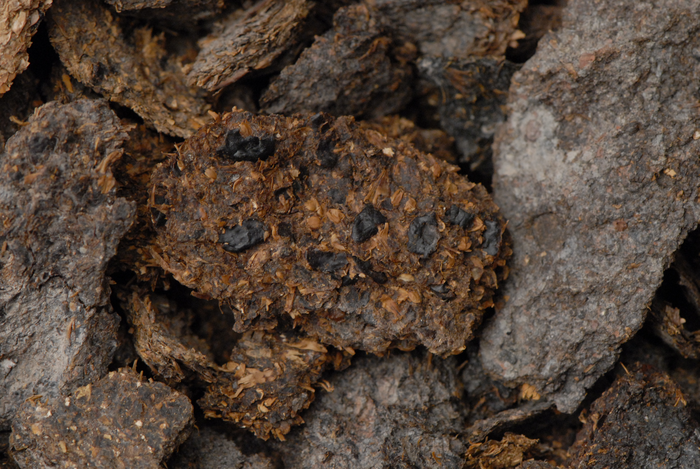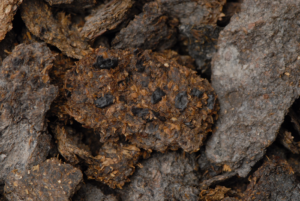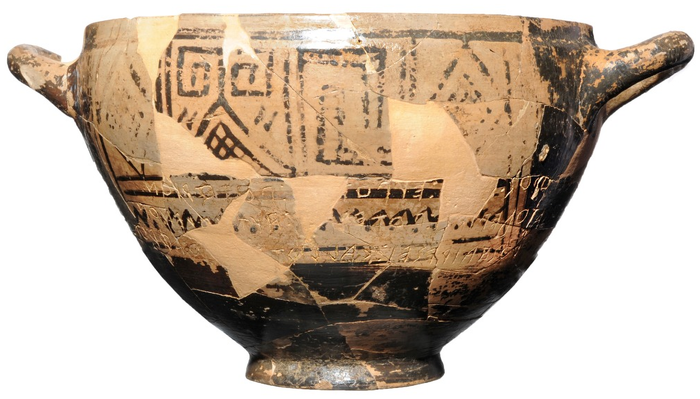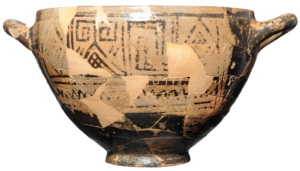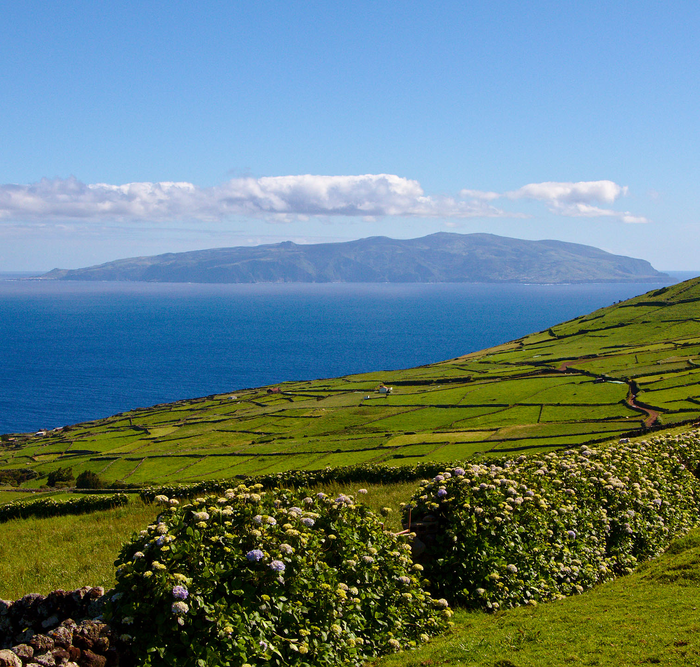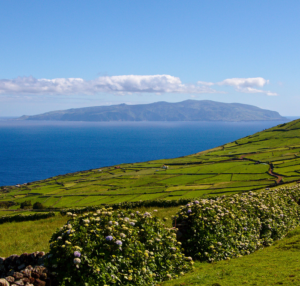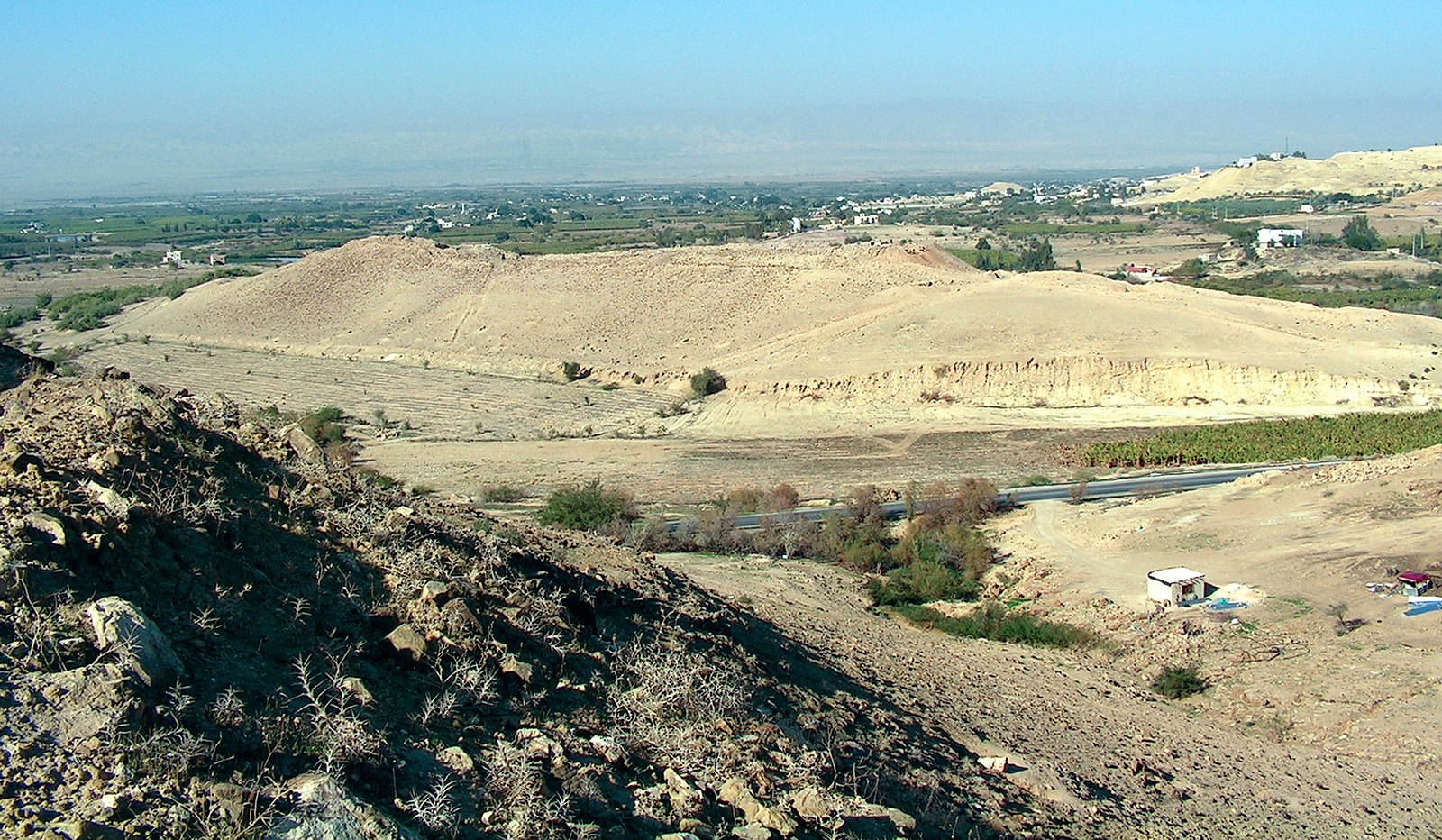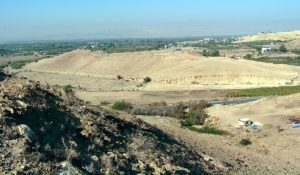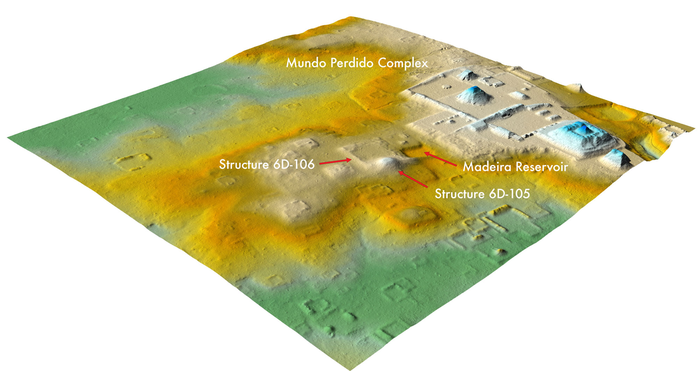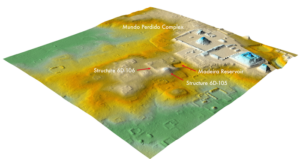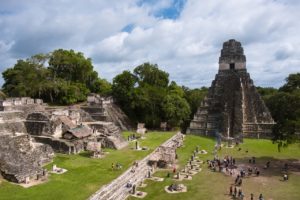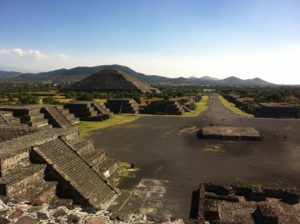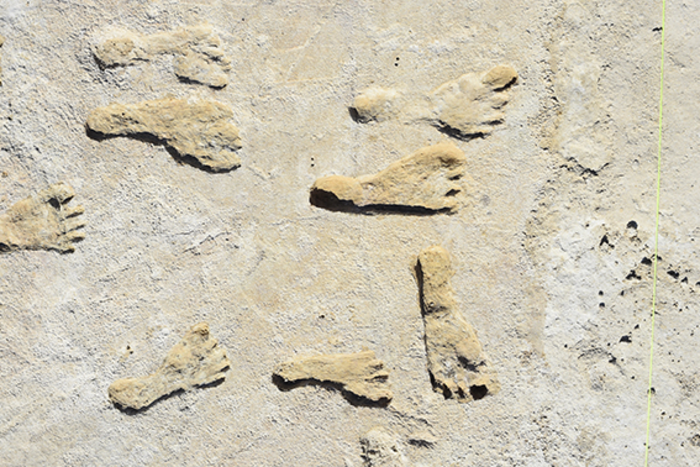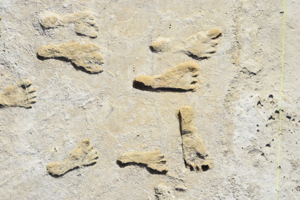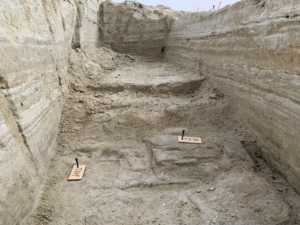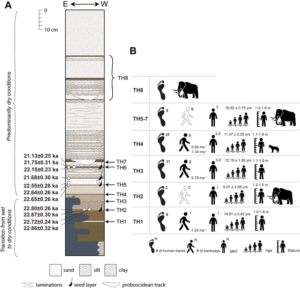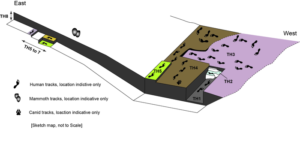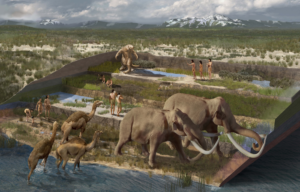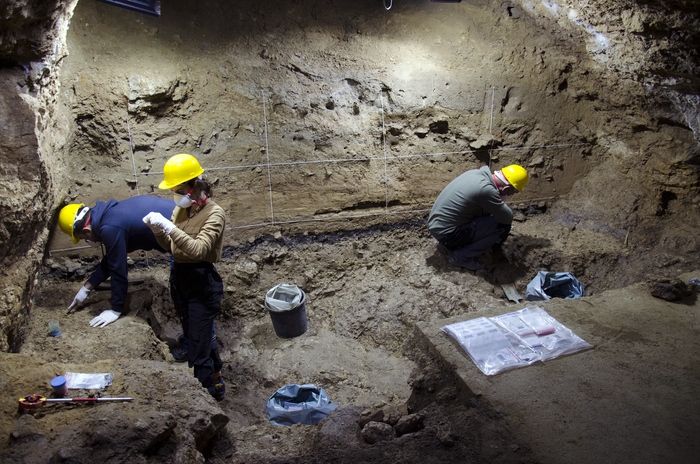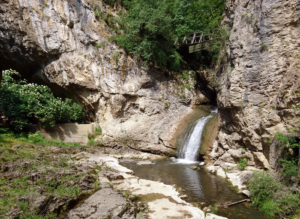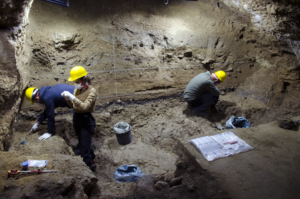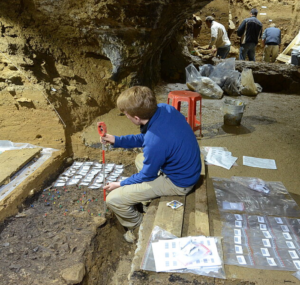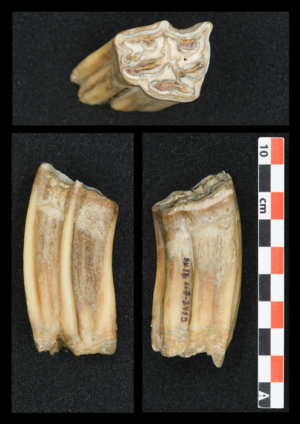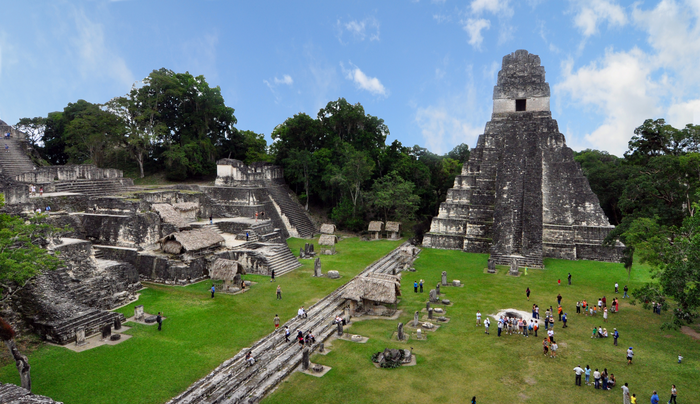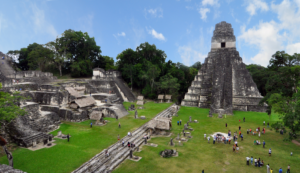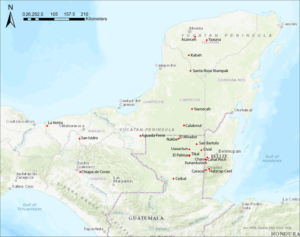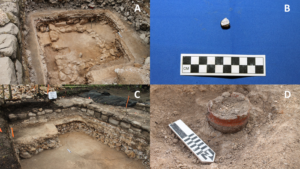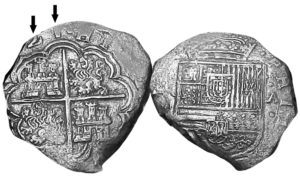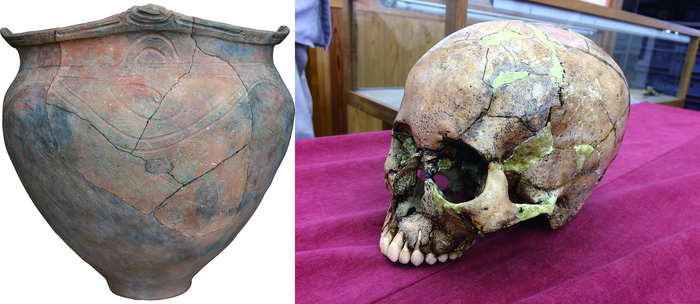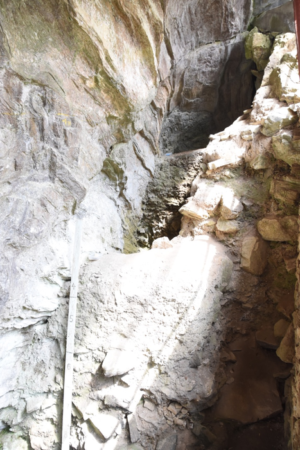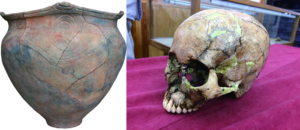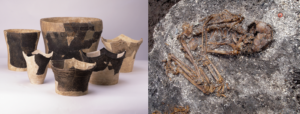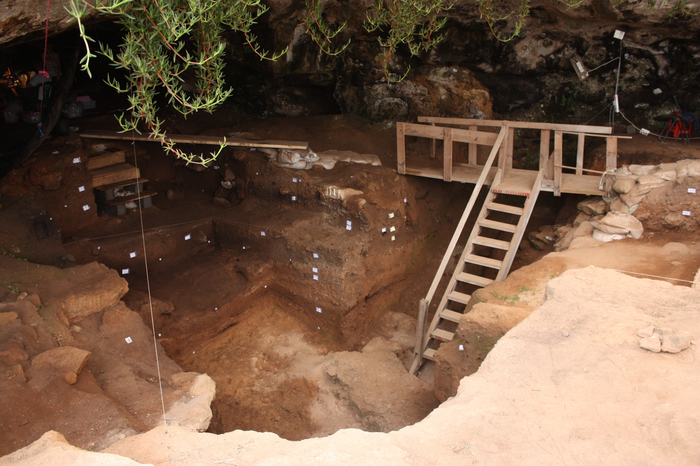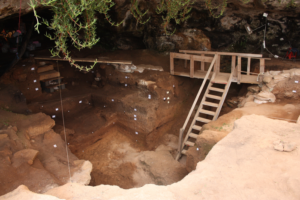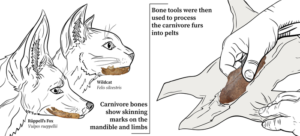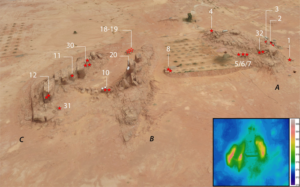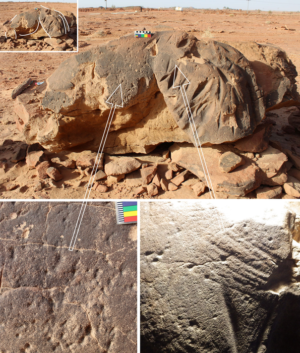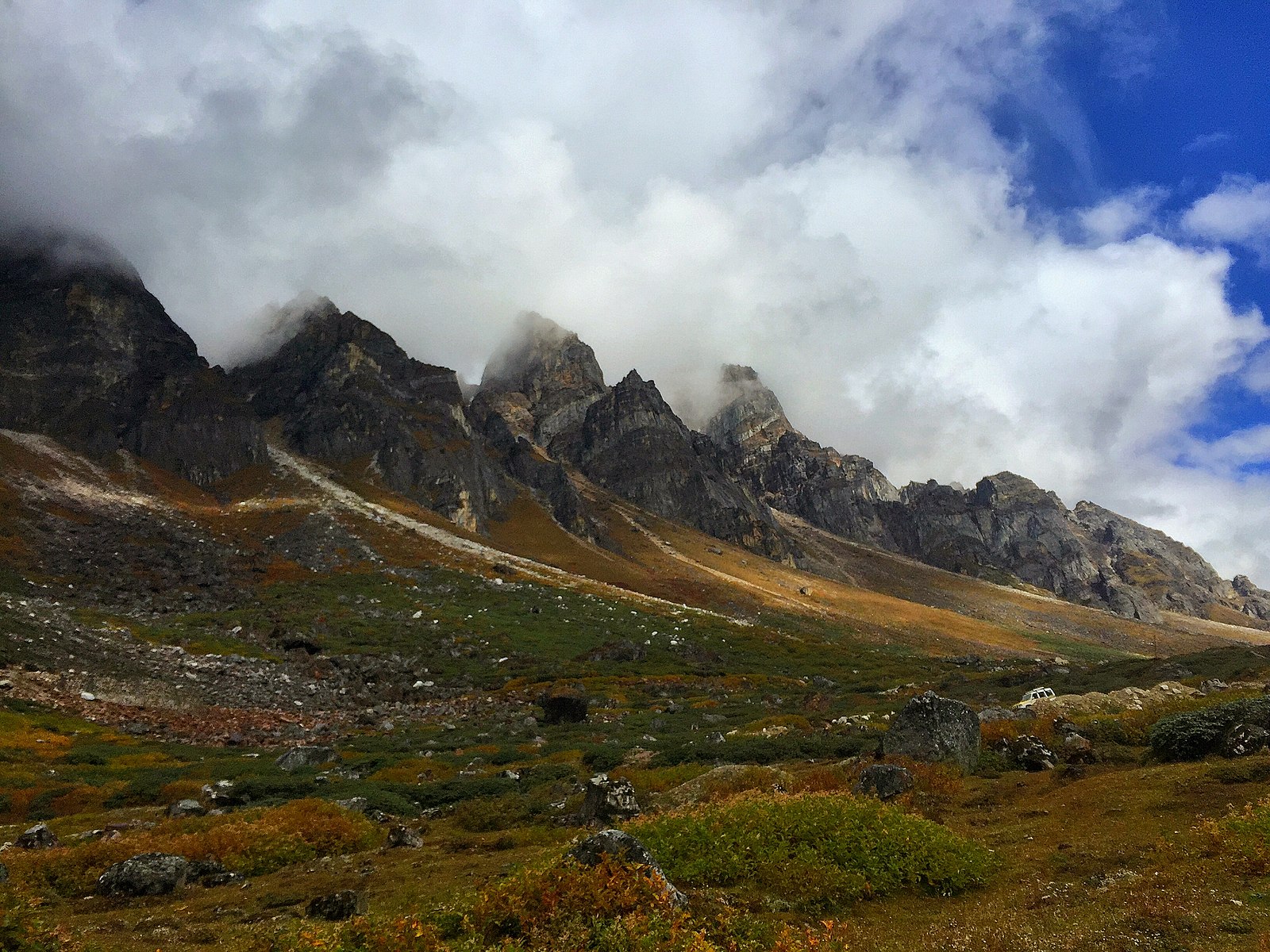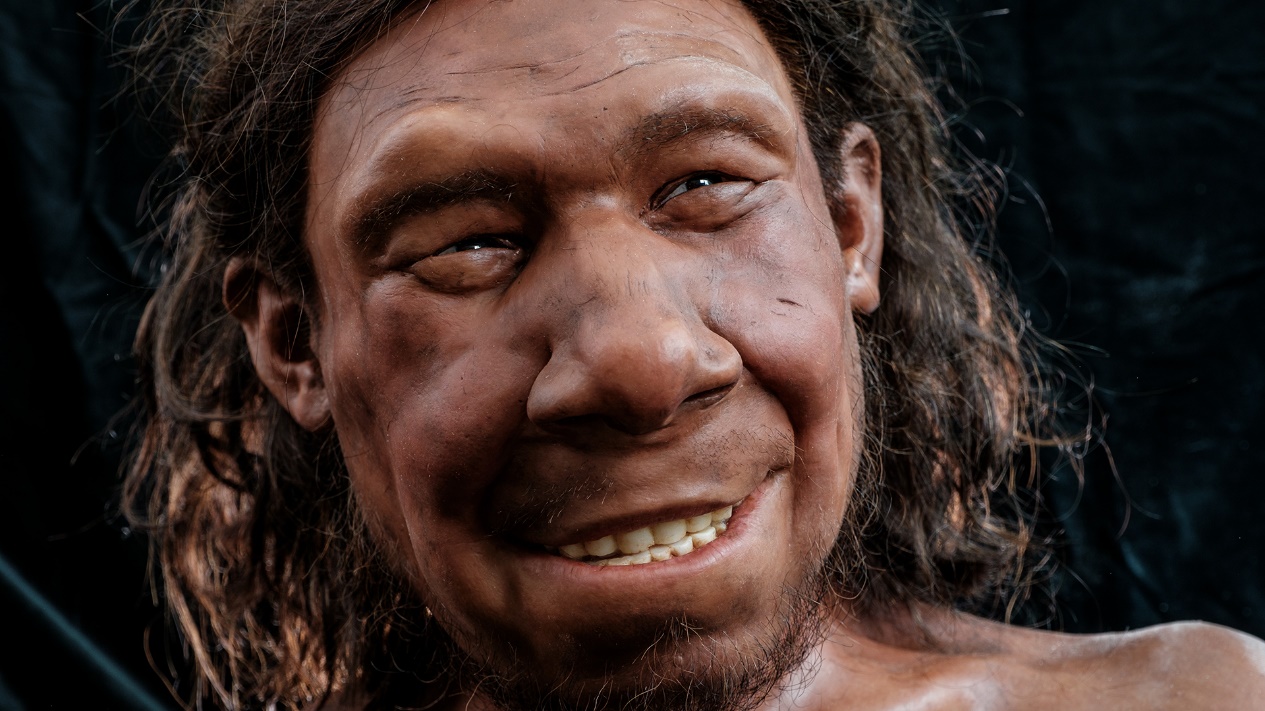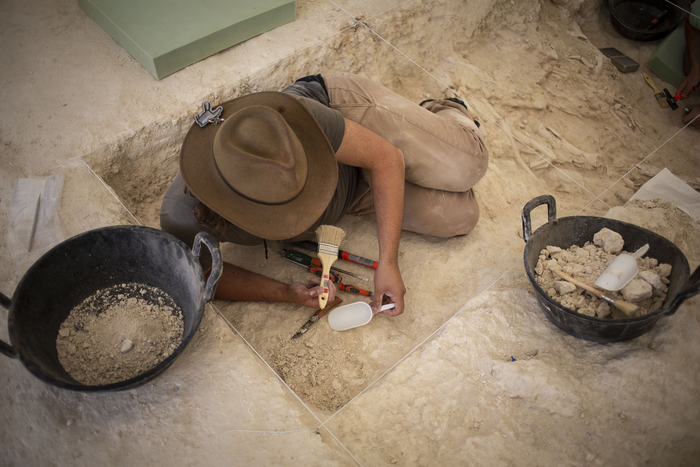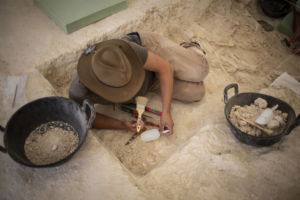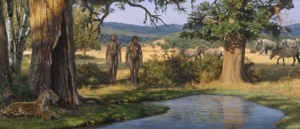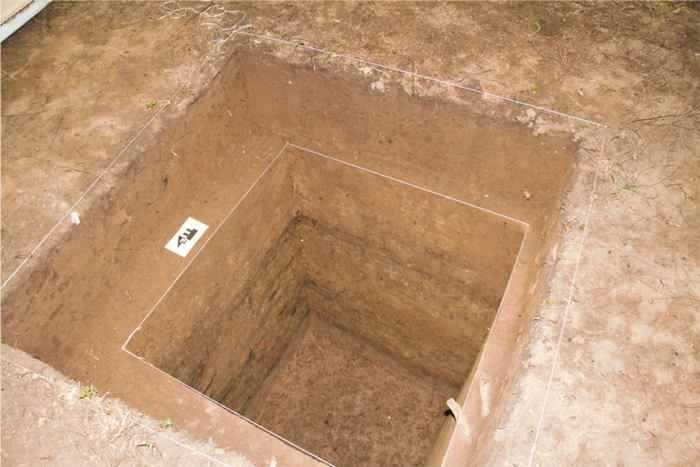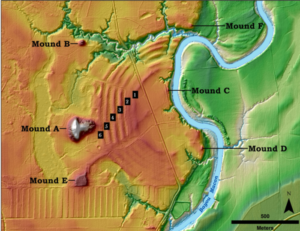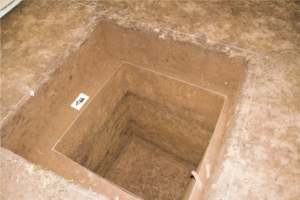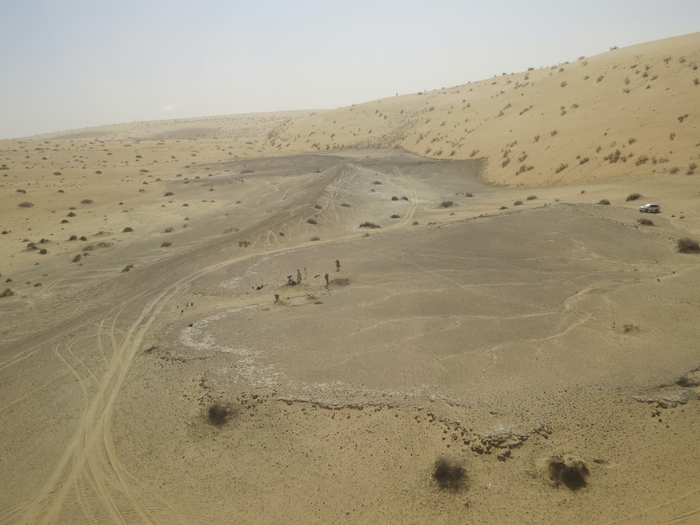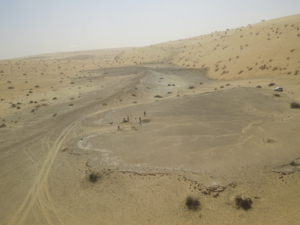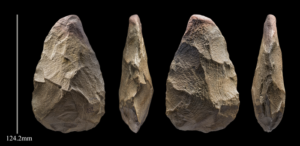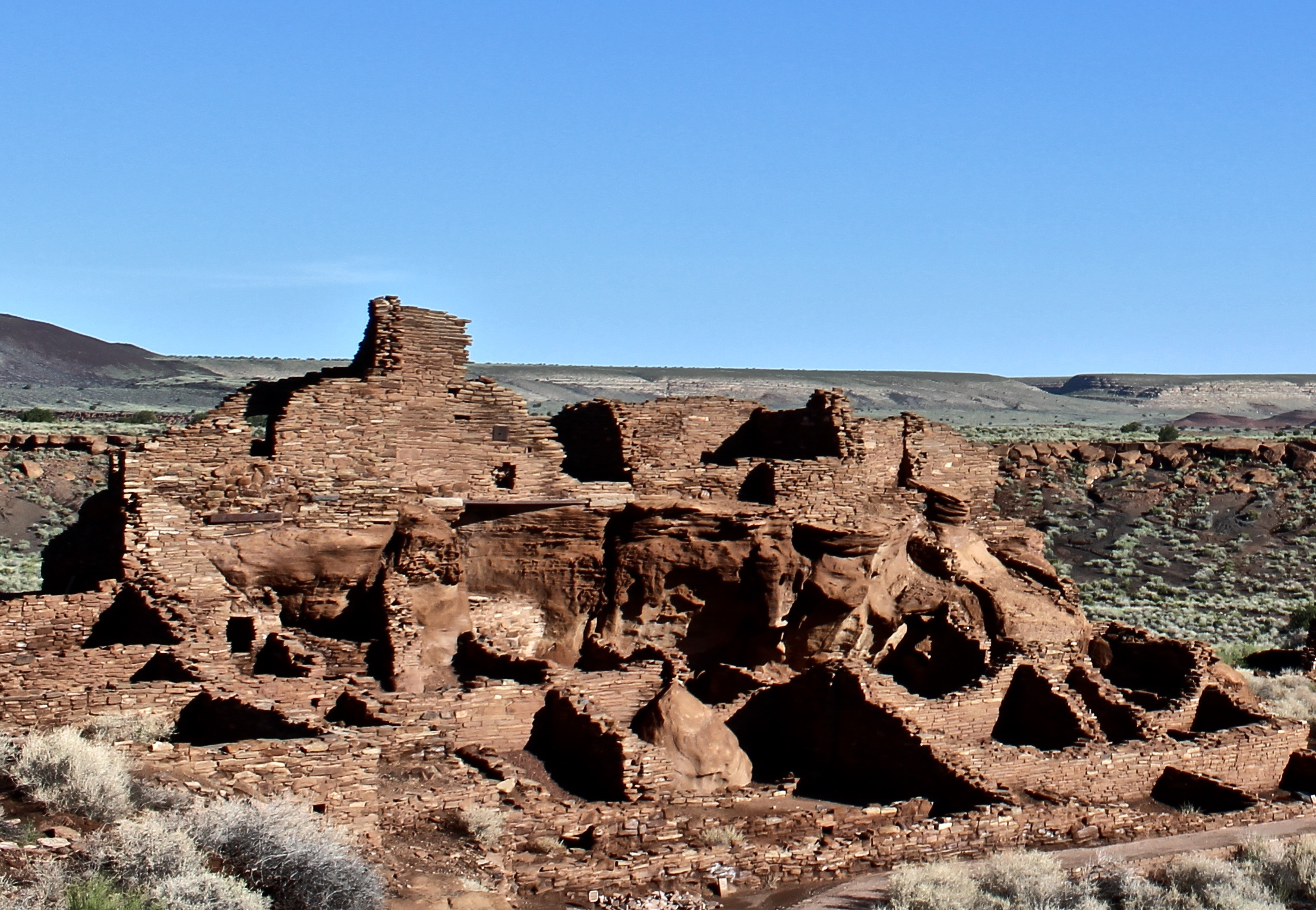
J. Paul Getty Trust, Los Angeles – The Center for Architectural Conservation at the University of Pennsylvania Stuart Weitzman School of Design has received a $1.3 million grant from Getty to develop a conservation and management plan and professional training program for Wupatki National Monument in Arizona.
Wupatki National Monument and its sister Monuments, Walnut Canyon and Sunset Crater Volcano, are unique in North America for their exceptionally well-preserved archeological record, their geographical diversity, and their ancestral significance to Northern Arizona American Indian communities. All three monuments are units of the National Park Service (NPS), a longtime partner of Penn’s Center for Architectural Conservation (CAC).
“Reflective of contemporary concerns that address climate threat and cultural appropriation, this project will develop a framework for integrated site stewardship based on an understanding of sustainability as both a physical and cultural necessity,” says Frank Matero, CAC’s director and professor and chair in the Graduate Program in Historic Preservation at Penn. “Identifying the vulnerabilities of sites like Wupatki is perhaps the most critical challenge currently facing all cultural and natural resource managers today. Mitigation, resilience, and adaptation in the form of renewed cultural partnerships with affiliated tribal communities will move the conservation needs front and center in this model project.”
Once home to the ancestors of the Hopi, Zuni, Navajo, Yavapai, Havasupai, Hualapai, and several bands of Apache and Paiute, the Wupatki landscape holds a precious record of migration, trade, and other practices dating back to the 11th century. In addition, many Northern Arizona American Indian communities view the Wupatki village as continuously inhabited by their ancestors.
“Wupatki tells a long and irreplaceable story of human experience on the land through time,” says Ian Hough, archaeologist and Flagstaff Area National Monuments cultural resources program manager.
Wupatki National Monument’s cultural heart is the impressive 900-year-old Wupatki Pueblo, a traditional multi-room stone masonry complex that housed as many as 100 residents and today draws more than 200,000 visitors annually. The Pueblo has undergone various preservation campaigns and ongoing maintenance over the past century, and as such is an example of preservation attitudes and techniques in the American Southwest for over a century. However, extreme weather events from global warming have accelerated deterioration and damage to the structures and their surrounding cultural landscape. The site is also at risk from seismic instability, flooding and debris slides. Aging repairs and an incomplete understanding of the complexities of how sites like Wupatki deteriorate, especially in a changing climate, require adaptive strategies for the preservation and better management of all built heritage, especially archaeological sites.
“Getty has championed best practices in archaeological site preservation for decades” says Joan Weinstein, director of the Getty Foundation, the grantmaking program of the J. Paul Getty Trust. “With climate change now impacting so many treasured sites throughout the Southwest, the project at Wupatki National Monument promises to make a major contribution to their protection, enriched by the participation of affiliated tribal communities.”
As part of its engagement at Wupatki, the Penn team and partners will also expand professional training, cultural heritage education, and career discovery opportunities for Native youth focused on the conservation of American Indian ancestral sites, including a 12-week summer program in partnership with Conservation Legacy’s Ancestral Lands Conservation Corps. The program will incorporate fieldwork, job shadowing, and mentoring by cultural resources advisors from Northern Arizona Tribes and a 10-week summer internship program for Native degree-seeking students through Northern Arizona University.
“Ancestral Lands Conservation Corps is excited to partner with Wupatki National Monument and Vanishing Treasures, Getty and the University of Pennsylvania on this great project, protecting and preserving these ancestral sites for current and future generations to enjoy and honoring the ancestors who built them generations ago,” says Chas Robles, director of Ancestral Lands Conservation Corps. “ALCC has partnered with the National Park Service to engage Indigenous young people in meaningful conservation and national service programs that create positive impacts for our communities, the environment and our participants. Projects such as this one are incredibly impactful for our participants, who are descendants of the original architects and builders of these places.”
The National Park Service has a long history of advancing the practice of built heritage conservation to protect and preserve natural and cultural resources for the American public. As the National Monument approaches its 100th anniversary in 2024 within the NPS, the Wupatki project is uniquely positioned to expand the scope of the typical Conservation and Management Plan, which addresses past and current conditions of and threats to structures and landscapes, management priorities, and applied solutions for continued conservation and interpretation. An important aspect of the project will be identifying how such classic heritage stewardship can be better informed by Indigenous values and practices. If successful, the methodology could serve as a model for similar sites in the region and beyond.
“One long-term goal of the project is to continue to develop and strengthen an already active community of practice. This includes a network of local Indigenous stakeholders, NPS staff, students, faculty, and other professionals from related fields to support conserving critical heritage resources in national parks in the West,” says Lauren Meyer, program manager of the NPS Intermountain Historic Preservation Services and project co-director for the National Park Service. “This will involve working closely with site stewards and stakeholders to understand the variety of resource values, as well as the many challenges to conservation and management to develop proactive and long-lasting solutions.”
Partners from the National Park Service include Wupatki Cultural Resources Program, Vanishing Treasures Program, and the Western Center for Historic Preservation, a preservation training arm of the NPS. Also on the team is Paulo Lourenço, professor of civil engineering at the University of Minho in Portugal and an expert in historic masonry and seismic risk, whose team will study the structural performance of Wupatki’s rubble stone and earthen mortar construction systems.
In carrying out its work at Wupatki, the Penn team draws on engagements currently underway at other climate-vulnerable cultural heritage sites throughout the American Southwest, among them Fort Union National Monument and Pecos National Historic Park, New Mexico and Tumacacori National Historic Site and Tuzigoot National Monument, Arizona. As public health guidelines allow, work will begin this fall with a final report in 2024.
_________________________________
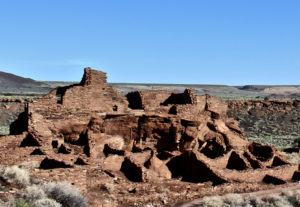
Wupatki Pueblo. NPS Image, Public Domain
_________________________________
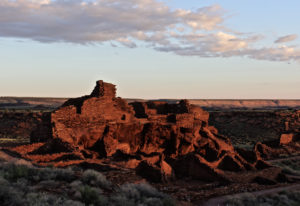
Wupatkii Pueblo at sunrise. NPS Photo, H. Rich
_________________________________

Wukoki Pueblo. NPS Photo, H. Rich
_________________________________
Article Source: J. Paul Getty Trust news release.
_________________________________
Established at Penn in 1991, the Center for Architectural Conservation conducts a full agenda of research and teaching dedicated to documentation, recording, field survey, material analysis, condition assessment, risk analysis, and the development of new treatments and treatment evaluation of historic structures and sites. In addition to providing graduate and post graduate students with then necessary environment to participate and collaborate in applied projects at home and abroad, the CAC offers professional workshops and master classes for the public and professional community.
One of 12 schools at the University of Pennsylvania, the Weitzman School of Design prepares students to address complex sociocultural and environmental issues through thoughtful inquiry, creative expression, and innovation. As a diverse community of scholars and practitioners, Weitzman is committed to advancing the public good—locally, nationally, and globally—through art, design, planning, and preservation.
Getty is a leading global arts organization committed to the exhibition, conservation, and understanding of the world’s artistic and cultural heritage. Working collaboratively with partners around the globe, the Getty Foundation, Getty Conservation Institute, Getty Museum and Getty Research Institute are all dedicated to the greater understanding of the relationships between the world’s many cultures. The Los Angeles-based J. Paul Getty Trust and Getty programs share art, knowledge, and resources online at Getty.edu and welcome the public for free at the Getty Center and the Getty Villa.
The Vanishing Treasures Program (VT) is a multi-regional effort of the U.S. National Park Service that supports the conservation of the deteriorating, yet significant heritage architecture of the American west; facilitates the perpetuation of traditional building practices through staff-, youth- and partner-focused training; and promotes connections between culturally associated communities and American Indian tribes and places of their heritage. Established in 1998, VT supports a diverse and active community of practice and works across park, regional and organizational boundaries to identify and address critical resource needs.
_______________________________
Advertisement



